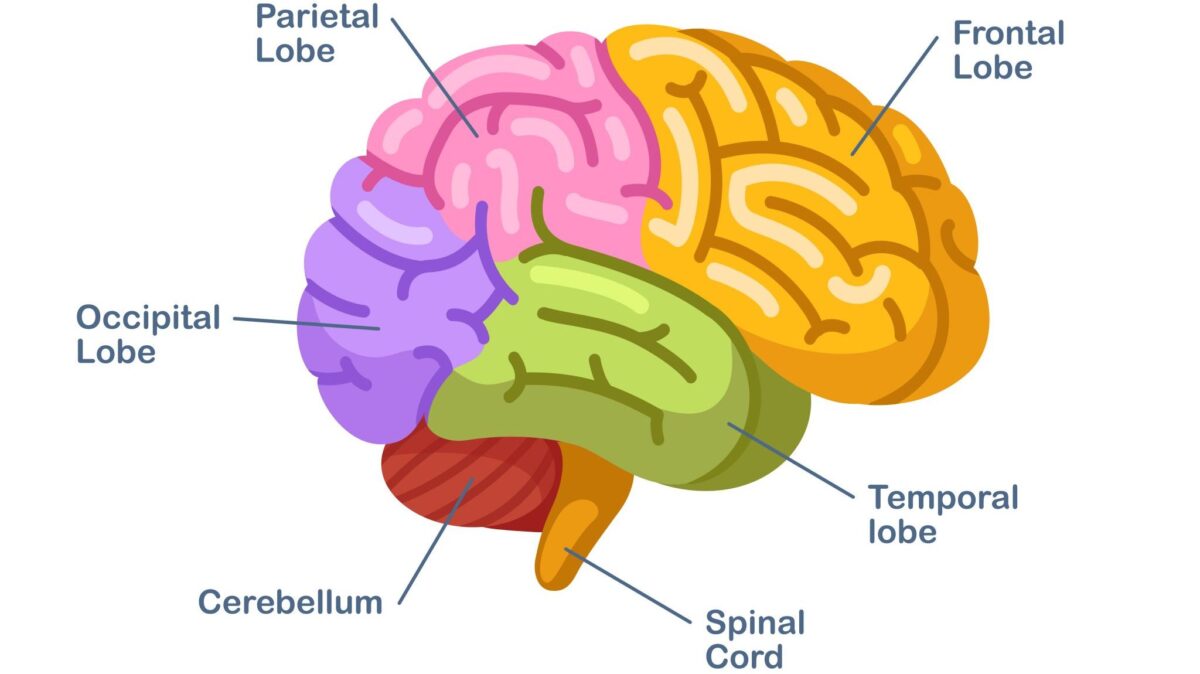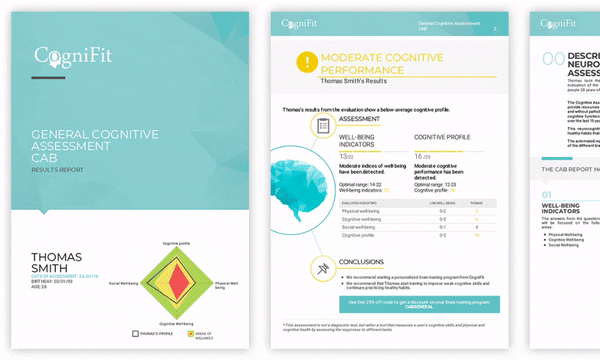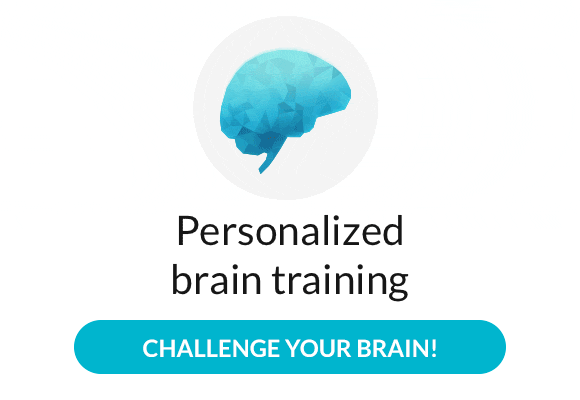
Frontal Lobe: Areas, functions and disorders related to it
The brain is divided into four lobes, differentiated by their location and functions. In this article, we are going to focus on one of the lobes: the frontal lobe. The frontal lobe is the biggest lobe in the brain and the most important lobe for the human species.
Why is the frontal lobe so relevant? What are its functions? The following article will give you an all-inclusive look on the frontal lobe.
Frontal Lobe: Anatomy and Functions
The Frontal lobe is located at the front of the brain, at the front of each cerebral hemisphere and in front of the parietal lobe. It is considered the most important lobe due to its functions and because it takes up one-third of the total brain. In other species its volume is inferior (chimpanzees 17% and dogs 7%).
The functions of the frontal lobe depend on the area we focus on. It plays a part on movement control as well as in high-level mental functions or behavior and emotional control. The frontal lobe is divided into two main areas: the motor cortex and the prefrontal cortex.
Motor cortex in the frontal lobe
The main function of the motor cortex is to control voluntary movement, including the ones in expressive language, writing, and ocular movement. This cortex is divided into three areas:
Primary Motor Cortex
Sends commands to the neurons in the brain stems and spinal cord. These neurons are in charge of specific voluntary movements. Inside the primary motor cortex, of both hemispheres, there is a representation of the contralateral half of the body. That is, in each hemisphere, there is a representation of the opposite side of the body.This is known as the motor homunculus and it is inverted, therefore the head is represented at the bottom.
Premotor Cortex
This area is in control of the preparation and movement programming. Premotor cortex automates, harmonizes and archives movement programs related to previous experiences. Within the premotor cortex:
- Supplementary motor area: in charge of controlling postural stability during stance or walking.
- Ocular field: controls the joint deviation of the gaze when voluntary exploring a field.
Broca’s Area
It’s considered the center for producing speech, writing, and also in language processing and comprehension. It coordinates movements of the mouth, larynx and respiratory organs that control language expression. Injuries can produce different language disorders.
Prefrontal Cortex of the Front lobe
The prefrontal cortex is located in the front part of the frontal lobe. It is considered the ultimate expression of human brain development. It is responsible for cognition, behavior and emotional activity. Prefrontal cortex receives information from the limbic system (involved in emotional control) and acts as a mediator between cognition and feelings through executive functions. Executive functions are a set of cognitive skills necessary for controlling and self-regulating your behavior. Within the prefrontal cortex, three areas or circuits are important: dorsolateral, anterior and orbital cingulum.
Dorsolateral area of the frontal lobe
It is one of the most recently evolved parts of the human brain. It establishes connections with the other three brain areas and transforms the information into thoughts, decisions, plans, and actions. It is in charge of superior cognitive abilities such as:
- Attention: Focus, inhibition, and divided attention.
- Working memory: maintenance and manipulation of the information.
- Short-term memory: ordering events.
- Prospective memory: programming upcoming actions.
- Hypothesis generator: analysis of the possible outcomes.
- Metacognition: self-analysis of cognitive activity and continuous performance.
- Problem Resolution: analysis of the situation and development of an action plan.
- Shifting: the ability to adapt to new situations.
- Planning: organizing behavior towards a new objective.

General Cognitive Assessment Battery from CogniFit: Study brain function and complete a comprehensive online screening. Precisely evaluate a wide range of abilities and detect cognitive well-being (high-moderate-low). Identify strengths and weaknesses in the areas of memory, concentration/attention, executive functions, planning, and coordination.
Anterior cingulum of the frontal lobe
This area regulates motivational processes. It’s also in charge of perceiving and resolving conflicts as well as regulating sustained attention.
Orbital area of the frontal lobe
This area is in charge of controlling emotion and social conduct. It regulates emotional processing, controls behaviors based on context and detects beneficial or detrimental change.
A neuroscientist explains the frontal lobe and the types of disorders that can happen after an injury.
Frontal Lobe: Disorders related to it
As we have explained, the frontal lobe is involved in different processes (motors, cognitive, emotional and behavioral). This is why disorders due to injuries suffered to this area can vary from concussion symptoms to others more severe.
Motor disorders
Injuries to the primary or premotor cortex can cause difficulties in the velocity, execution and movement coordination, all leading to different types of apraxia. Apraxia is a disorder in which the individual has difficulty with the motor planning to perform tasks or movements when asked, provided that the request or command is understood and he/she is willing to perform the task. A University of Toronto scientist has discovered the brain’s frontal lobe is involved in pain transmission to the spine. If his findings in animals bear out in people, the discovery could lead to a new class of non-addictive painkillers.
- Ideomotor apraxia: Deficits or difficulty in their ability to plan or complete previously learned motor actions, especially those that need an instrument or prop. They are able to explain how to perform an action but can’t act out a movement.
- Limb-kinetic apraxia: voluntary movements of extremities are impaired. For example, they can’t use their fingers in a coordinated fashion (waving).
- Buccofacial or orofacial apraxia: Difficulty carrying out movements of the face, tongue, mouth, cheeks, etc. on demand.
Apart from the apraxias, other disorders can be developed from injuries to the frontal lobe, such as language disorders or aphasias.
- Transcortical Motor Aphasia: language disorder due to which the person has a lack of verbal fluency (slow speech with reduced content and poorly organized), limited spontaneous language (lack of initiative) and difficulty or incapacity in writing.
- Broca’s Aphasia: language disorder that generates a lack of verbal fluency, anomia (inability to access the lexicon to evoke words), poor syntactic construction in speech, difficulties in repetition, reading and writing.
Dysexecutive syndrome
It consists of a group of symptoms, cognitive, behavioral and emotional that tend to happen together. However, the symptoms are going to depend on the injured area:
Dorsolateral Area
An injury in this area is usually related to cognitive problems such as:
- Inability to solve complex problems: decrease in fluid intelligence (reasoning, adapting and resolving of new situations, etc.).
- Cognitive rigidity and perseveration: the person maintains a thought or action despite being invited to change it.
- Decreased learning ability: difficulty in acquiring and maintaining new learning.
- Temporal memory impairment: deficit in the order things happened
- Deficiency in motor programming and changing motor activities: difficulties in the organization of sequences of movements and the time to change an activity.
- A decrease in verbal fluidity: impairment in the ability to recall words after an instruction. This action not only requires the lexical part but also organization, planning, focus and selective attention.
- Attention Deficit: difficulty maintaining your attention and inhibiting other irrelevant stimuli or changing the focus of attention.
- Pseudo-depressive disorders: similar symptoms to depression (sadness, apathy, etc.).
Anterior cingulum area
- Reduction of spontaneous activity: appear to be static.
- A loss in initiative and motivation: noticeable apathy.
- Alexithymia: difficulty identifying emotions and therefore inability in expressing own emotions.
- Language restriction: answers tend to be monosyllabic.
- Difficulty in controlling interference: selective attention impairment.
- Pseudo-depressive disorders.
Orbital area
The symptoms of an injury in this area are more behavioral. The person’s behavior tends to be uninhibited.
- Changes in personality: high instability between who he is and how he acts. Similar to what happened to Phineas Gage.
- Irritability and aggressiveness: exaggerated emotional reactions in daily life situations.
- Echopraxia: imitation of observed movements in others.
- Disinhibition and impulsivity: lack of self-control over their behavior.
- Difficulty adapting to social norms and rules: behaves socially unacceptable.
- Judgment is impaired: many reasoning errors.
- Lack of empathy: difficulty understanding other people’s feelings.
- Euphoria













